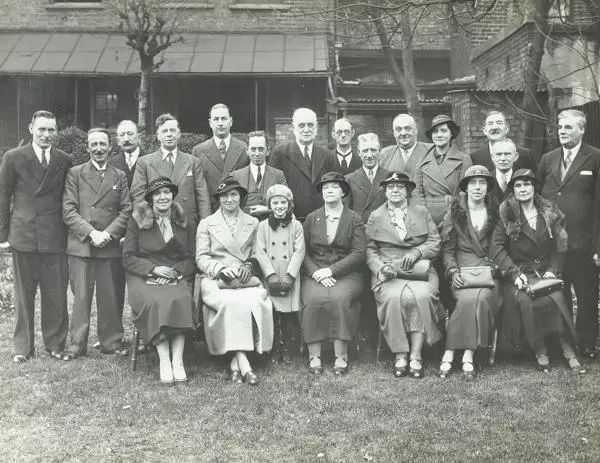Poplar Rates Rebellion, 1921
It has been a century since thirty Poplar councillors were sent to prison for protesting against unequal taxation of the poor borough of Poplar.
Poplar - now in the borough of Tower Hamlets - was one of the poorest districts of London in the early 20th century. With no government support for mass unemployment, hunger and poverty, relief had to be funded by the borough itself under the poor law. Council rates at the time were based on a ‘rateable value’ deriving from rents. Because Poplar was such a poor borough, property rents, and consequently rate incomes, were low. So, Poplar Borough Council had to set a much higher rate in order to match the same amount as produced by low rates in a wealthy borough. In 1906, Poplar’s combined rates were the highest in London and twice as high as in Kensington. Clearly, the system was unfair, with Poplar having the lowest rate income and the highest poor relief bill.
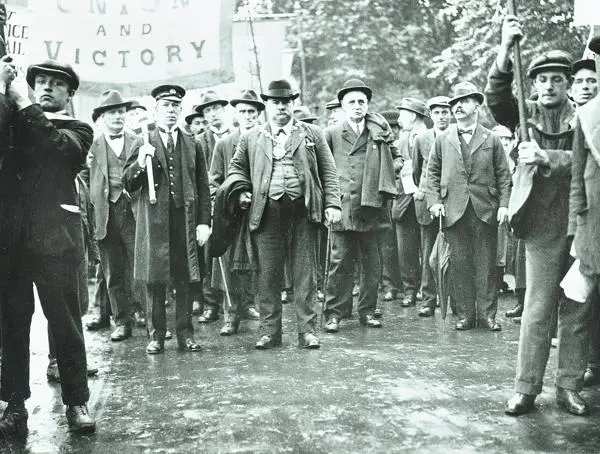
Classism affected Poplar’s elections too. The Labour party and other reformers were frequently seen as troublemakers threatening the established order because they supported the working classes. To everyone’s shock Poplar Labour Party – led by George Lansbury – won control of Poplar Borough Council in 1919. Lansbury undertook a comprehensive programme of social reform and poor relief, including equal pay for women and a minimum wage for council workers.
In addition to local rates, borough councils were expected to collect a ‘precept’ to fund four cross-London authorities. 1921 saw Poplar facing a further increase in the rates so the council decided to not collect these precepts and put the money towards local poor relief. The London County Council and Metropolitan Asylums Board responded by taking the matter to the High Court. Public outrage fuelled the council’s determination and on 29 July thirty councillors led a march of two thousand from Bow to the High Court.
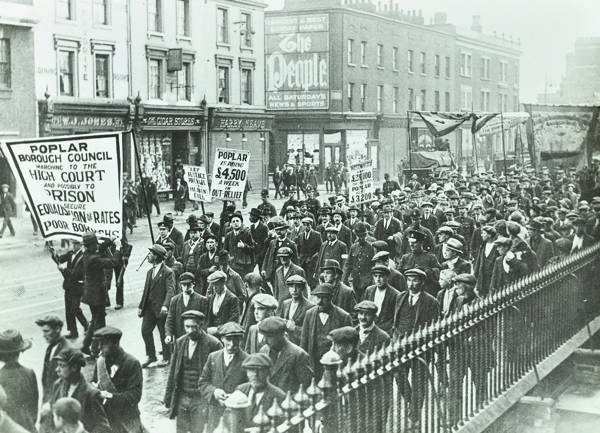
All councillors were sentence to prison, which included six councillors who were women. As she was led to Holloway Prison Julia Scurr stated ‘We are happy about going to prison for a principle. We expect all working women to carry on the fight for rates equalisation while we are there.’
Nellie Cressall was pregnant when she was imprisoned and Susan Lawrence used the time to write a pamphlet on taxation. Another of the women jailed was Minnie Lansbury – who established the East London Federation of Suffragettes with George Lansbury, Sylvia Pankhurst, Keir Hardie, and Julia Scurr – who due to mistreatment while at Holloway, developed pneumonia and died at the age of 32.
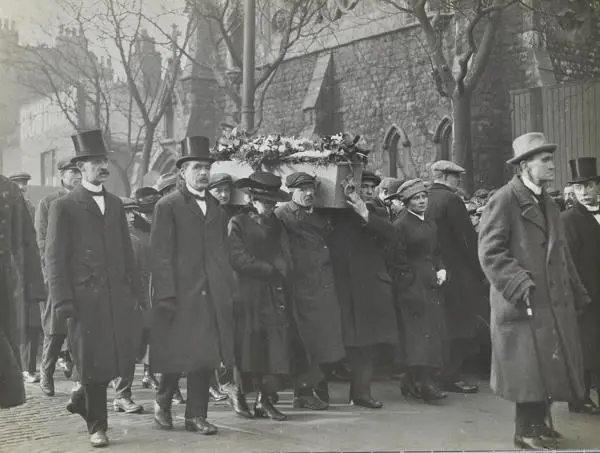
The councillors received wide public support. Lansbury often spoke through his prison bars to the crowds that regularly gathered outside. This support peaked with thousands rallying in Trafalgar Square on September 10th. With unemployment rising throughout the country, the actions of Poplar were accompanied by unemployment riots in Dundee and Liverpool. As the imprisonment continued, neighbouring boroughs Bethnal Green and Stepney also withheld the rates.
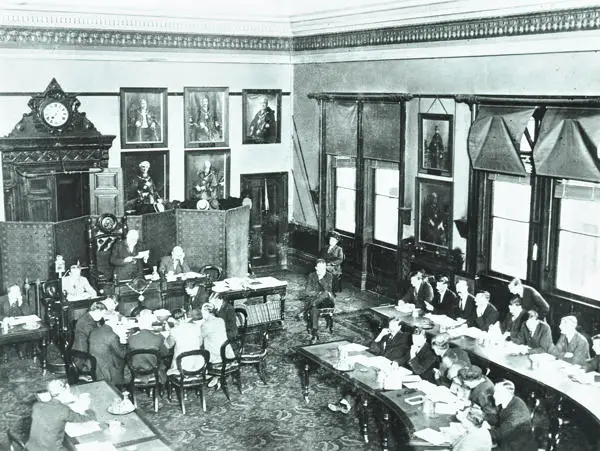
The Poplar councillors endured six weeks of imprisonment before they were released and a bill, the Local Authorities (Financial Provisions) Act 1921, was rushed through Parliament. It bridged the gap of tax burdens between rich and poor boroughs. ‘Poplarism’ became a political term associated with large-scale municipal relief for the poor and in need, as well as local defiance of central government. The Labour Party remained in control of the council for many decades, and the names of some of the jailed councillors are commemorated throughout Poplar, including on the Isle of Dogs.
